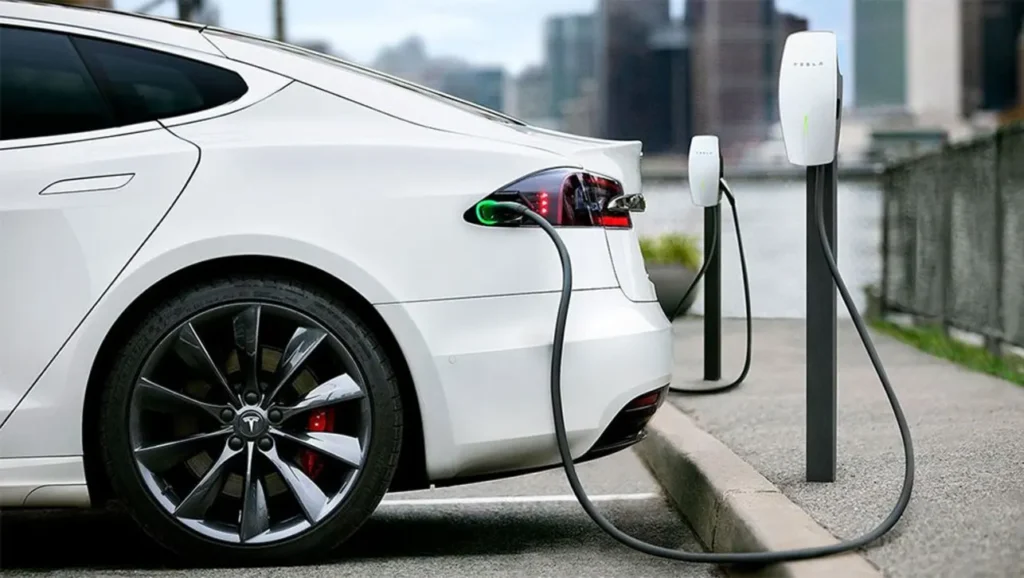
Uber announcement for Major US Cities
In a bid to ease the financial strain on riders, Uber is rolling out a new fixed-route service called Route Share, offering deeply discounted rides along busy commuter corridors in major U.S. cities. The move is part of a broader strategy to keep the Uber app attractive during times of economic uncertainty.
Starting this week, commuters in Baltimore, Boston, Chicago, Dallas, New York City, Philadelphia, and San Francisco will be able to access the new Route Share option and save up to 50% compared to standard UberX fares.
What Is Route Share?
Route Share functions like a modern-day carpool shuttle. Vehicles will run along predefined routes with scheduled stops, arriving approximately every 20 minutes during peak weekday commute hours. Using Uber’s vast trip data, the routes are optimized for high-demand paths—such as Williamsburg to Midtown in NYC—with minimal detours and only up to two co-riders per trip.
Riders can reserve seats up to a week in advance or as little as 10 minutes before departure. The app provides walking directions to the nearest pick-up point, aiming to deliver a streamlined and budget-friendly alternative to traditional Uber rides.
Why It Matters
Uber’s Chief Product Officer, Sachin Kansal, emphasized that Route Share capitalizes on Uber’s mature network of riders and drivers, combined with its dynamic ride-matching tech. It’s an effort to create a predictable, efficient, and low-cost commuting experience.
This offering builds on Uber’s existing Uber Share platform, which gives customers a smaller discount (15–30%) for splitting rides with strangers. But Route Share introduces a fixed, route-based model, which not only slashes prices but also increases logistical consistency—making it a compelling option for everyday commuters.
“Thanks to the scale of our marketplace and the technology behind our trip-matching engine, we’re uniquely positioned to launch a service like this,” Kansal said.
Uber Eyes Commuter Benefits & Autonomous Future
This year’s Uber Go-Get event spotlighted cost-saving measures to keep riders loyal during an era of tariffs, tech layoffs, and economic anxiety.
One major new feature is ride passes, which let users lock in a fixed price on a daily route for a one-hour window. Riders can either:
Pay $2.99 per day for the price lock, or
Purchase bundled ride packs (5, 10, 15, or 20 trips) at an even steeper discount.
This program is launching in 10 U.S. cities including Chicago, Dallas, Houston, Las Vegas, Miami, Nashville, Orlando, Phoenix, San Francisco, and Washington, D.C. More markets, including Brazil, will follow. Teen accounts will also gain access in the fall.
Uber’s Broader Savings Strategy
This year’s Uber Go-Get event spotlighted cost-saving measures to keep riders loyal during an era of tariffs, tech layoffs, and economic anxiety.
One major new feature is ride passes, which let users lock in a fixed price on a daily route for a one-hour window. Riders can either:
Pay $2.99 per day for the price lock, or
Purchase bundled ride packs (5, 10, 15, or 20 trips) at an even steeper discount.
This program is launching in 10 U.S. cities including Chicago, Dallas, Houston, Las Vegas, Miami, Nashville, Orlando, Phoenix, San Francisco, and Washington, D.C. More markets, including Brazil, will follow. Teen accounts will also gain access in the fall.
Uber Eats and OpenTable Team Up
In an extension of its ecosystem, Uber is enhancing the Uber Eats experience by integrating with OpenTable. Customers across several countries (U.S., Canada, Mexico, U.K., Ireland, and Australia) will now be able to:
Book dining reservations via Uber
Receive a discounted ride to the restaurant
Redeem OpenTable points for discounts on Uber and Uber Eats
This builds on Uber’s strategy of reward-based partnerships, similar to its loyalty tie-up with Delta Air Lines.
Are These Discounts Always a Deal?
While these new features could help frequent users manage rising transportation costs, there’s a caveat. Uber’s pricing algorithm remains opaque, and some riders have reported fluctuations in fare estimates depending on payment method or whether they’re using prepaid credits.
Uber insists that price locks and prepaid discounts are based on historical fare data, and are designed to protect users from surge pricing while offering real savings. Still, less frequent users might want to calculate whether upfront bundles truly align with their usage patterns.
The Bottom Line
As living expenses climb, Uber is positioning itself not just as a ride-hailing app, but as a smart, budget-friendly commuter tool. With innovations like Route Share, price-lock passes, and cross-platform integrations, the company is aiming to maintain relevance, increase user retention, and prepare for a shared, autonomous future.

